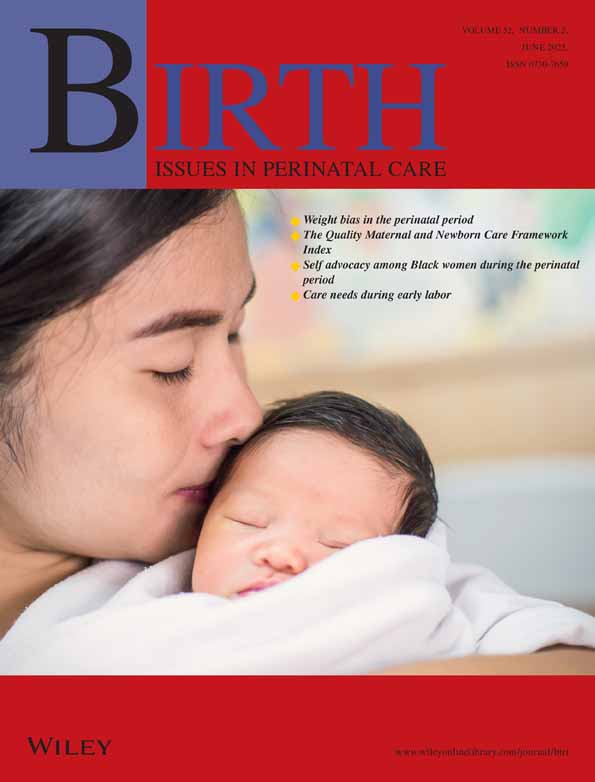Concepts and Controversies in the Management of Group B Streptococcus During Pregnancy
Abstract
Background:
Group B beta-hemolytic streptococcus colonizes 20 percent of pregnant women. Intrapartum fetal colonization leads to invasive disease in 1 to 2 infants of every 1000 births in the United States, and has a mortality of approximately 6 percent. Several protocols using intrapartum chemoprophylaxis have been devised to improve management of the disease, but confusion continues about details and implementation. This review examined the clinical issues, current management protocols, and advantages and disadvantages of these protocols for group B streptococcus.
Methods:
We reviewed the literature and described the epidemiology, detection methods, risk factors, neonatal disease potential of group B streptococcus, and the historical development of management protocols. Two current alternatives, the American College of Obstetricians and Gynecologists' risk-based protocol and the Centers for Disease Control and Prevention's screening-based protocol, are described and compared.
Results:
The risk-based protocol does not entail antepartum screening, but treats women with certain risk factors during labor. The screening-based protocol includes cultures at 35 to 37 weeks' gestation, and offers intrapartum prophylaxis to all women with positive cultures. Uncultured women with risk factors are treated. Both protocols involve high rates of intrapartum antibiotic use and both may significantly lower rates of neonatal group B streptococcus sepsis (screening-based more than risk-based for both). The risk-based approach is simpler than the screening-based approach.
Conclusions:
Practitioners should select one of the two protocols and use it consistently. The differences in efficacy are small; a practitioner may not see a difference in outcomes over the course of his or her career, although more antibiotics will be administered using the screening-based approach. (BIRTH 25:1, March, 1998)




